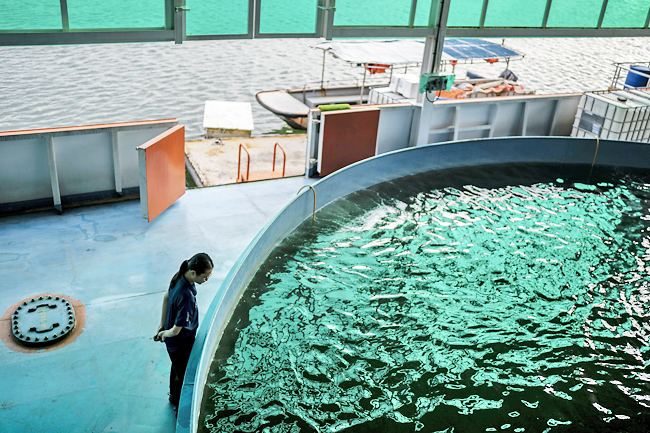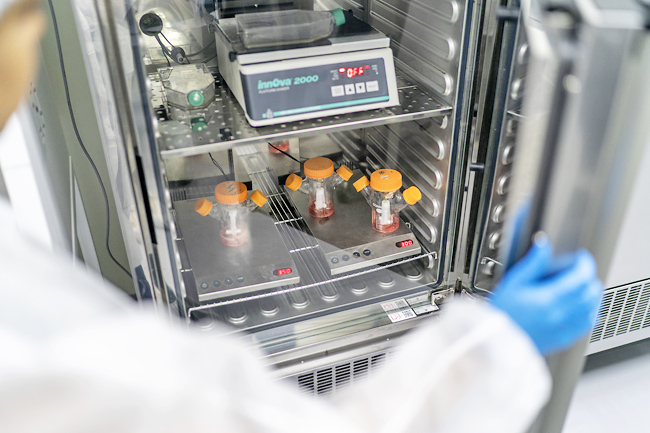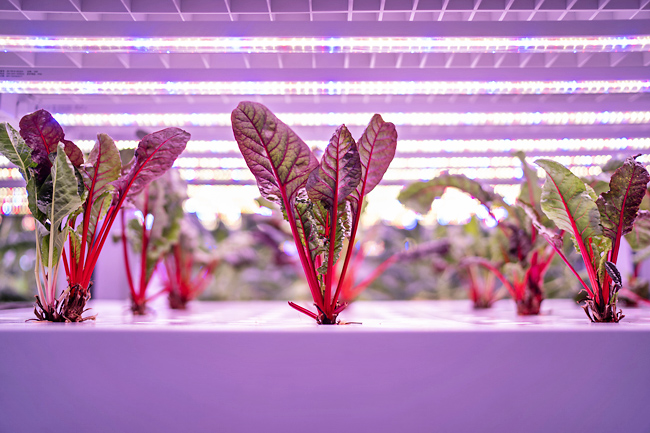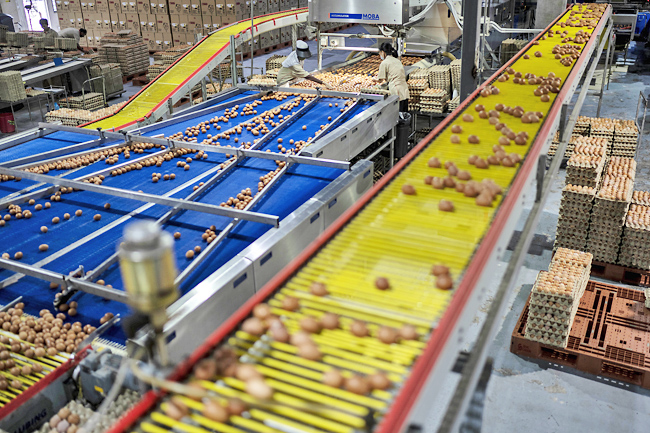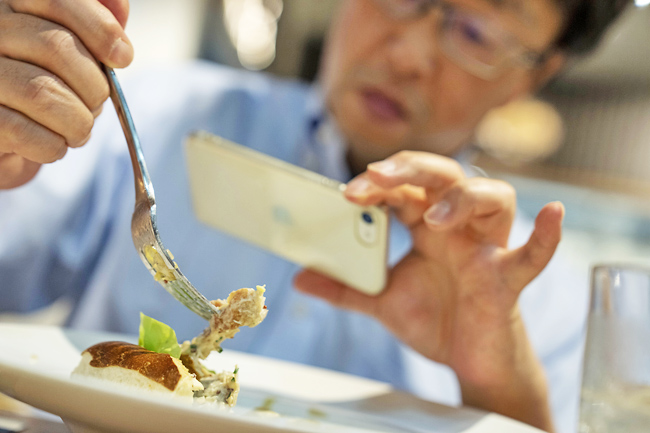AP – Like much of the rest of the world, Singapore is racing to feed a growing population with limited natural resources. But with almost no land for agriculture the small, wealthy, fast-paced and densely-packed nation is doing so by embracing and encouraging new food technologies that may someday help feed us all.
In 2019 Singapore launched a programme called 30 by 30, designed to spur the country to produce 30 per cent of its food by 2030, while still using less than one per cent of its land for agriculture. The programme has encouraged innovation that may offer a peek into the world’s food future as land and resources become more scarce around the world.
There are rooftop farms that produce greens such as kale, lettuce and herbs using a system that relies on nutrient-rich water instead of soil, powered by solar panels. Shrimp are grown in warehouses. The company’s largest egg farm uses automated machines to feed the chickens and sort, scan and check each egg.
Researchers are working to develop varieties of plants that can flourish in extreme, unnatural environments – and ways to grow lobster in a lab, from cells.
But for all the country’s government-supported entrepreneurs and sparkling new technology, the country is also learning that this kind of transformation is not so easy.
Consumers can be reluctant to change, and producers found it hard to turn a profit because costs are high.
It is far from clear Singapore will reach its 30-per-cent goal by 2030. But along the way it may help teach the world – through successes and failures – how to reduce the amount of land needed to produce our favourite dishes. – David Goldman & Victoria Milko

